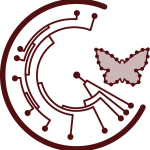Purpose
The aim of the Center for Computational Evolutionary Morphometry (CCEM) is to address foundational questions about the Tree of Life: Biological shapes, their development and selection of traits over time, and the evolutionary relationship between species. The center is particularly focused on mathematical, statistical and computational aspects of morphometry and of inferring phylogenetic information from morphological data.
Projects
CCEM currently hosts the Stochastic Morphometry project.
A new cross-disciplinary approach
The team of leading experts from evolutionary biology, computer science and mathematical modelling join forces under the auspices of CCEM to take a new cross-disciplinary approach to morphology and phylogenetic analysis that combines different methodologies to model the evolution of phenotypes and the lineage of species.
Introducing statistical shape analysis into morphometry allows the team to derive full shape information of the biological species in question instead of relying on a limited number of ‘hand-selected’ traits. The statistical shape analysis and probabilistic approach enables us to base a phylogenetic comparison of shapes on whole shape variation and to model covariation of shape characters undergoing branching development. Phylogenetic inference and comparison contribute to deduce ancestral shape properties in extinct lineages.
We aim to construct efficient algorithms that allow analysis of large numbers of taxa and high-dimensional shape models. The approach permits testing hypotheses on evolutionary change and address questions like
- the evolutionary relationships between extinct (and often charismatic) groups from dinosaurs to palaeo hominids, for which we commonly lack DNA
- whether fossils represent the same or different species,
- which morphological traits are selected during natural and artificial selection, and
- how to map genome-phenome associations to identify the genetic drivers of evolution.
Organisational affiliations
The center is jointly hosted by the Department of Computer Science, UCPH (DIKU) and GLOBE, UCPH. Research is conducted in a collaboration between departments at University of Copenhagen and departments at University of California, Berkeley:
The participants in the centre contribute expertise in evolutionary biology, phylogenetic inference, morphometrics, digital imaging, stochastic shape modelling, statistics of shapes.
The center collaborates with and or participates in research communities such as Applied Geometry Lab, UCPH.
Organization
The center is lead by Rasmus Nielsen, Stefan Sommer, Christy Hipsley and Mads Nielsen. Christine Andersen serves as project manager. See also People.

